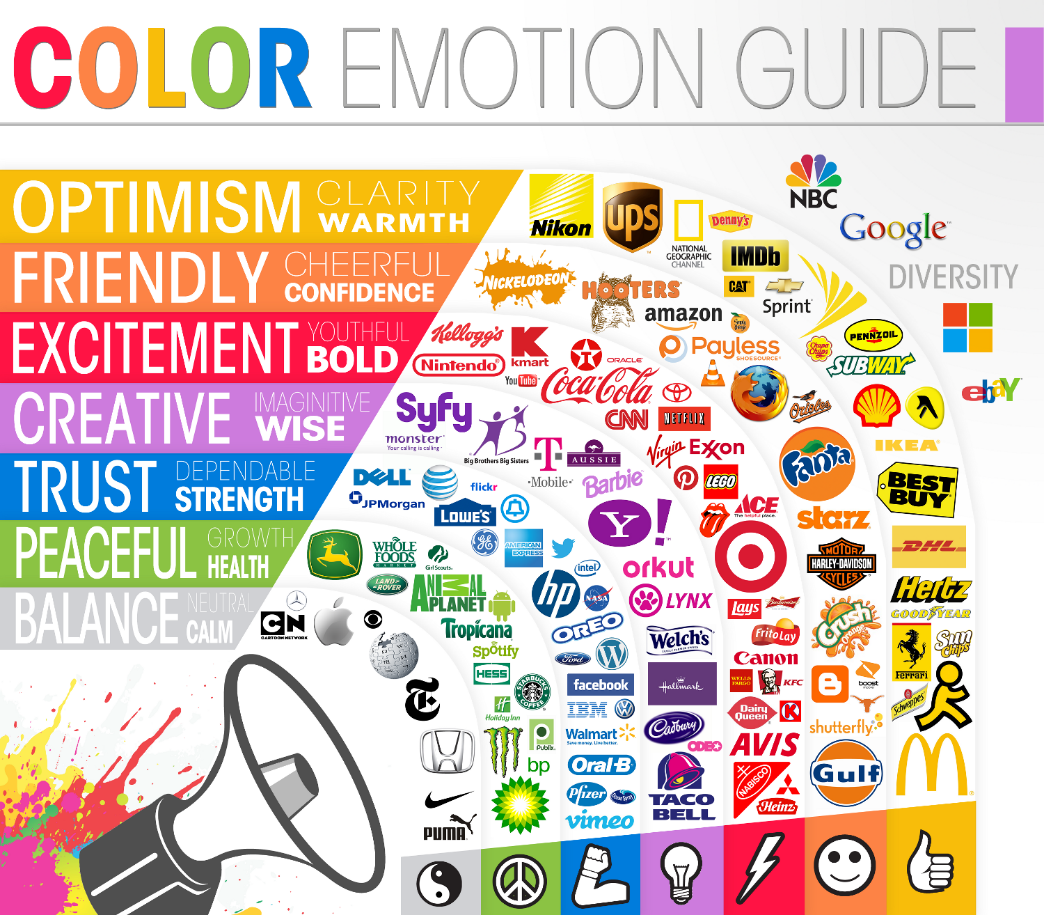Selling online is a bit of a challenge, we get it. But it’s not entirely difficult if you have a customer-focused approach from the very beginning of your online business. In today’s world, the customer is the most important pillar of a business.
So what should you be doing in order to build a genuine relationship with your customers and capitalize on it?
1. Be different
Not standing out from everyone else, especially your competitors, is the best way to make your brand forgettable. Your business must have a unique value proposition – make it short and sweet and communicate it effectively.
Brand differentiation isn’t something you just find lying around. It’s something you create. It’s not about what you do, it’s about how you do it, and who can benefit. Do an in-depth research of your competitors. Find their strengths and weaknesses and plan your strategy accordingly.
For instance, Zappos is famous for their year-long return policy. They differentiated their brand through exceptional customer service and positive experiences.
2. Always over-deliver
Go above and beyond for your customers. Make them feel they really matter, and you will definitely generate interest and excitement around your brand and products.
Customers have many expectations, and that’s a good thing because it creates a variety of opportunities for you to amaze them. Offer them more than just what they paid for – an upgraded package, more personal attention, an actual visit to their offices.
Always show and remind them how you are going to make their lives better. Educate and reinforce that they have made a good choice. Keep your promises, even the ones you simply imply. Don’t pretend to be something you’re not; your customers can sense that, and it can have catastrophic results for your brand image. Build a genuine connection based on trust. Your reputation will be the most important factor that influences customers’ purchase decisions.
3. Once upon a time…
We have been telling stories and listening to them for thousands of years. It’s just how messages have been passed on from generation to generation. Stories stimulate imagination and passion and create a sense of community among listeners and tellers alike. They make us human and help humanize the brands.
Create content that tells stories which strike a chord with your customers and make them engage with your brand. Good content inspires, motivates, and eventually drives action, and the stories build your connection with the audience.
4. A picture is worth a thousand words
Studies have shown that if you just hear a piece of information, three days later you’ll remember only about 10% of it. But seeing a picture together with that information will increase the recalled percentage to 65%.
That’s why you should make your marketing content as visual as possible. Use images, videos, infographics, memes, presentations, and more. Try and test what works best for your brand, having in mind the needs of your audience and what they respond to the most. However, don’t overload your visuals with information. Focus on the most important things your clients need to know and frame your communication around that.
Remember that if your content is dull or it has an unappealing design, you will end up doing more harm than good to your marketing efforts. Measure the results with KPIs, do A/B testing, and see what visuals provoke the results that you want.
5. Get emotional
In such a busy marketing world, how can you make sure your company stands out? The most effective way is to tap into the most significant influencer of your customer’s attention span and purchase decision — emotion.
Emotional marketing typically taps into a singular emotion, like happiness, sadness, anger, or fear, to elicit a response from the audience. For example, would you be more moved by this ad:
or by this one?
Start by learning a bit about your target audience. Determine buyer personas and do a thorough analysis of their main pain points. Identifying the emotional triggers that grow conversions will also enable you to increase your customer retention rate.
A simple way to stir up emotion with visual assets is by using color. Colors play a huge role in evoking emotion. A study on the importance of color in marketing has confirmed that purchasing intent is greatly affected by colors, due to their effect on how a brand is perceived.

Don’t forget the power of storytelling to elicit emotions. As this infographics shows, when exposed to emotional stories, the brain releases dopamine into the system, which makes the story easier to remember, and with greater accuracy. However, don’t just tell a story for its own sake or entertainment – it should always present a clear purpose for the customer and include your brand in a way that is relatable and shareable.
For example, Airbnb made a short animated film about “belonging,” tied to the anniversary of the fall of the Berlin Wall. “The film is a testament to the power of hospitality and resilience of the human spirit,” Airbnb representatives related about the film. It was very well received by the audience, with over 5 million views, while managing to convey the mission and “spirit” of the brand itself.
6. Trend jacking at its finest
It’s one of the easiest ways to start a conversation with your audience. Trend jacking allows you to capture the attention of customers by using a trending event to amplify your content and make your brand stand out. You could get ideas from a news headline, watch trending hashtags, and check other social media, publishers and so forth.
Hootsuite, a social media management system, did a wonderful job on this.
As “Game of Thrones” fans, the Hootsuite team decided to do their own rendition of the iconic opening titles. Called “A Game of Social Thrones”, the video now has over 1M views and is regarded as the most successful piece of content the company has ever created. It’s catchy, funny, it’s based on a successful TV show that people talked about on a daily basis at the time, and people loved it!
Nevertheless, always make sure the trend you are trying to ride is something your brand actually wants to be associated with and that it will not end up damaging your reputation through controversial topics, actors involved and so on.
7. Influence
Influencers have the power to shape thoughts, spark movements, and inspire ideas. They keep their community engaged by sharing insights from their professional experience, giving advice, and promoting things their followers might be interested in. Tapping into influencer marketing is not rocket science, but it could help skyrocket your conversions—as long as you’re working with the right people.
If you don’t know how to approach influencer marketing campaigns, this article or this podcast could help you get started.
8. Be responsive
Studies show that 42% of customers who complain on social media expect a response within the first 60 minutes. Does your team respond in less than an hour? If not, you may be leaving money on the table.
You should monitor your brand mentions at all times and leave automated replies even when your team is offline: Facebook Messenger and Slack both let you use chatbots to maintain a decent response rate on social networks.
9. Give them a star on your walk of fame
Well, not literally. But shine a spotlight on your customers from time to time.
Making customers feel special is crucial. Dale Carnegie once said, “A person’s name is to him or her the sweetest and most important sound in any language.”
Interview them, create client success stories, emphasize their names in newsletters, in social media posts, refer them to others, and so on! You’ll see the results in no time!
10. Thank them whenever you can
And this doesn’t necessarily mean a plain “thank you,” even though that obviously is also important. It could be an email, including them in a customer’s loyalty program, a selection of resources they can use, or tips that can help them with their business.
Or, you can go the extra mile and send them a gift. Take advantage of holidays, client birthdays or anniversaries, and important milestones to send them a small token of appreciation. Increasing your customers’ lifetime value (CLTV) should always be firmly in your sights, and that can only be achieved by consistently surprising and impressing your customers.
It’s time we all take our customers’ success personally. What other strategies have you tried?





